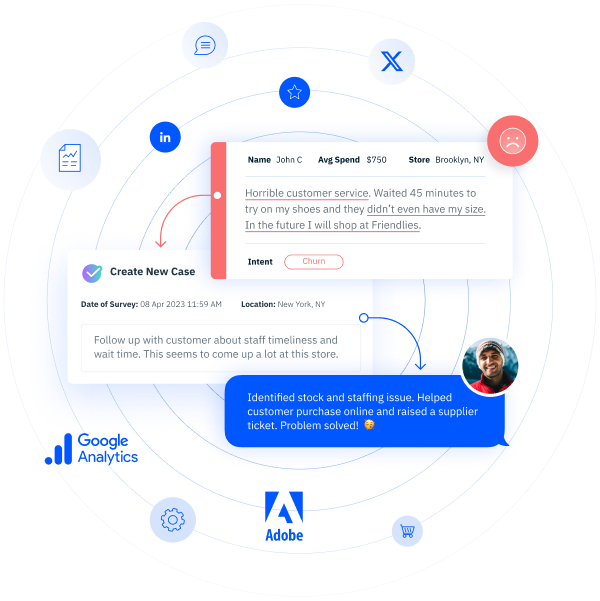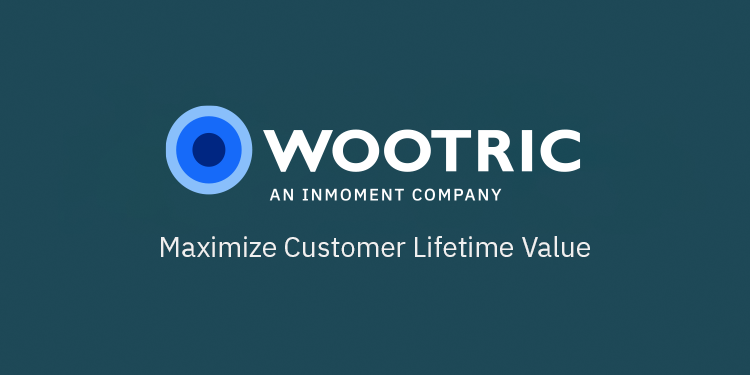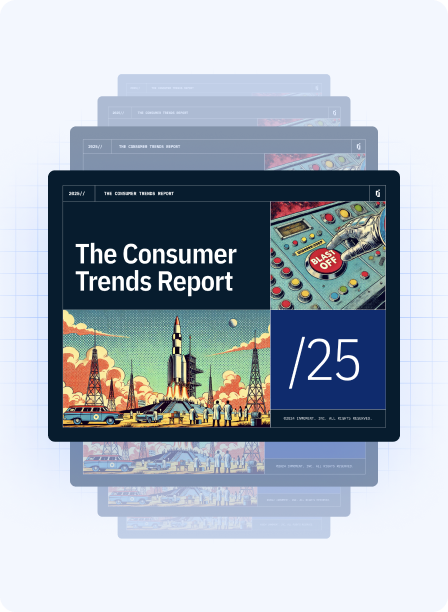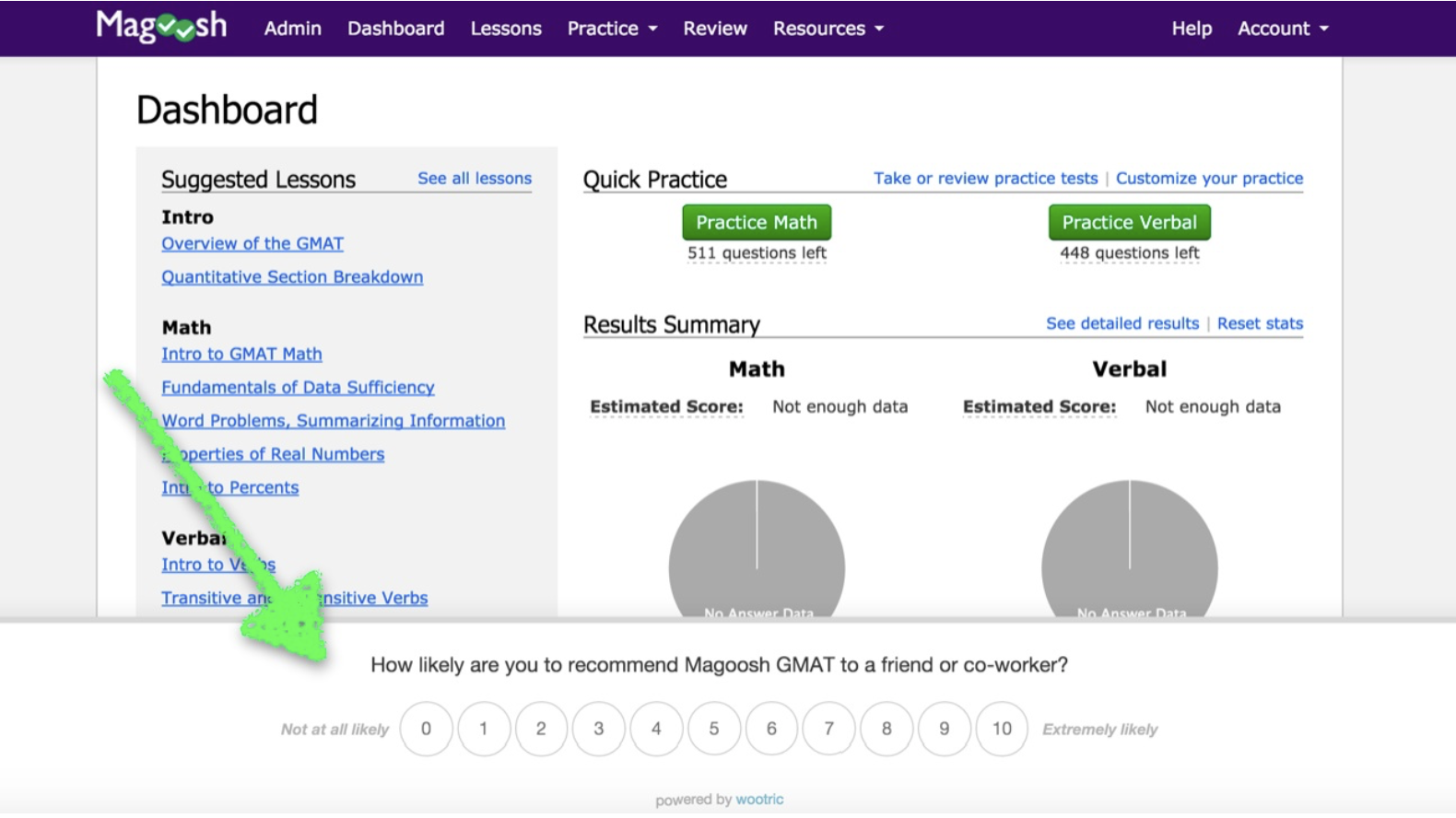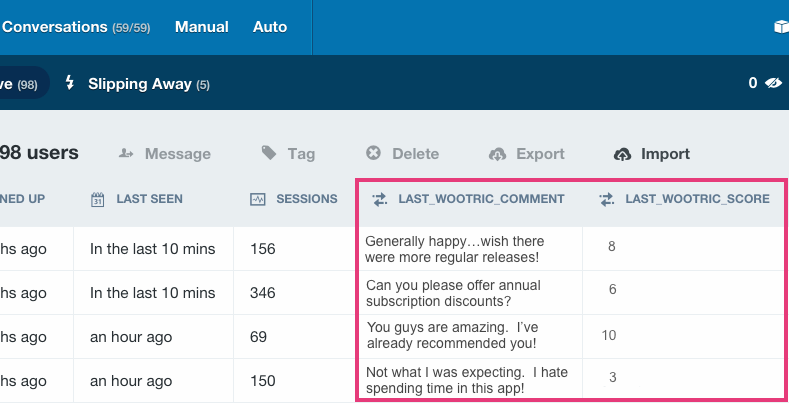Customer experience (CX) programs take more than good fortune to succeed. In fact, luck usually doesn’t factor in at all. In CustomerThink’s recent report, “Gaining a Competitive Edge by Optimizing B2B Customer Experience,” researchers found that certain CX practices give B2B organizations a significant competitive advantage.
We’ve curated the top five practices based on the differentiation between CX leaders and laggards.* Read on for a description of how these practices have allowed brands to set themselves apart from the competition.
5 Critical Drivers of CX Success |
Leaders |
Laggards |
Gap |
|---|---|---|---|
| 1. Company leaders set a positive example | 4.14 | 2.86 | 1.28 |
| 2. Identify high-impact “moments of truth” | 4.05 | 2.97 | 1.08 |
| 3. Include people and systems in CX design | 4.17 | 3.14 | 1.03 |
| 4. Share feedback with frontline employees | 4.26 | 3.27 | 0.99 |
| 5. Empower employees with tools and information | 4.04 | 3.11 | 0.93 |
* Rating Scale: 1 = Not at all effective, 3 = Somewhat effective, and 5 = Highly effective
Lead by Example
Unsurprisingly, good leadership is the number one critical driver of customer experience success. Customer experience starts at the top of your organization and trickles down to the location level. Every member of your organization must be committed to providing each customer with a positive and memorable experience.
Identify the “Moments of Truth”
By creating unique identifiers—or “moments of truth”—for each customer, your brand can produce a seamless and consistently great experience across every customer touchpoint. These identifiers enable brands from every industry to sidestep the pains of manually tying together customer interactions with disparate databases.
Design with the Customer in Mind
The wants, needs, and expectations of the customer should influence every decision your brand makes. Smart brands factor the customer into every company equation. Intelligent organizations align company culture with company goals.
Share Customer Feedback
With so much riding on every customer interaction, your brand can’t afford to leave its frontline employees hanging out to dry. Collaboration and data sharing across all departments and levels of management are a necessity for taking effective action on customer insights and creating a consistent experience across every customer touchpoint.
Give Employees the Tools They Need
Data silos are the enemy of CX success. Without actionable customer information, your employees won’t be able to create the effective Voice of the Customer (VoC) program your brand desires. One way brands are focusing less on data collection and analysis and devoting more time and resources to brand strategy is through the adoption of an automated VoC program. In addition to saving your brand valuable time, a VoC program also enables you to act on customer insights in real time and better meet customer expectations.
Set your brand apart from the competition by making these five CX initiatives the cornerstones of your organization’s VoC program.
* CustomerThink asked respondents to rate their organization’s effectiveness with each CX practice. These initiatives were determined through prior research, industry expert interviews, and sponsor input. “Leaders” are defined as those with measurable benefits or a competitive advantage. “Laggards” are defined as everyone else.
